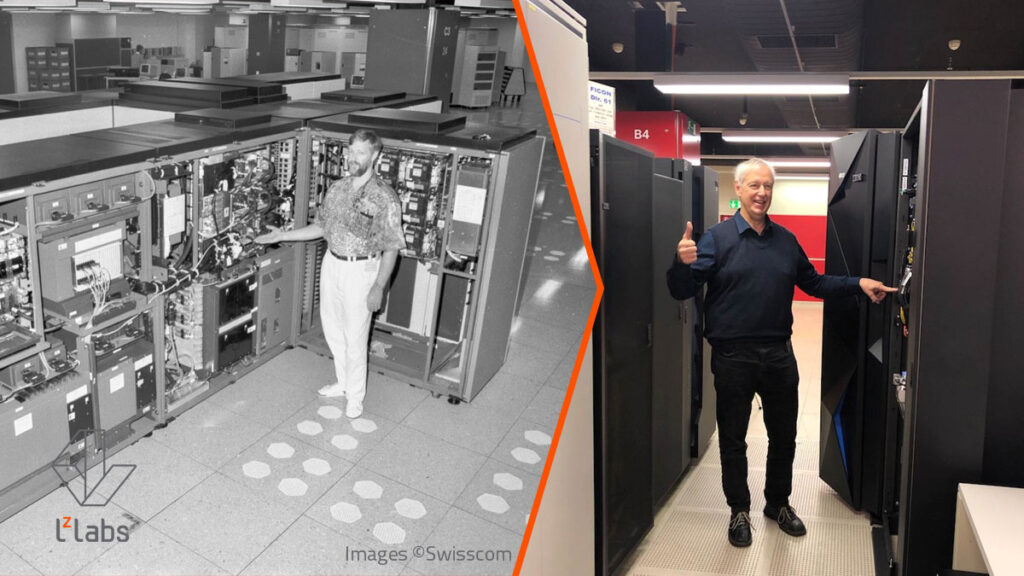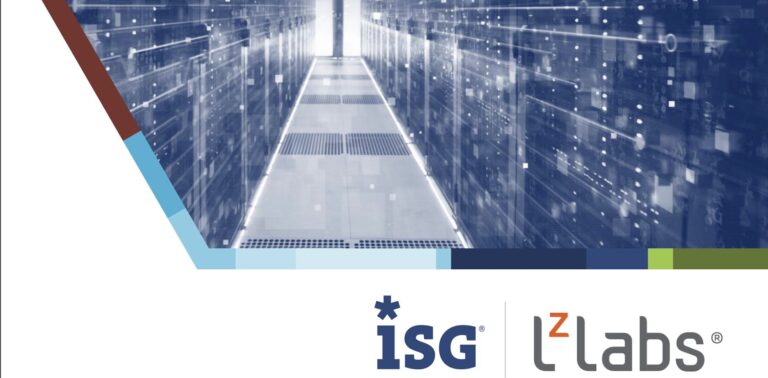
Swisscom is a major telecommunications provider in Switzerland. As you can imagine, they have been running mainframes for quite some time. Over 40 years in fact! Swisscom, like any other telecommunications provider, faces pressures in the highly competitive communications market. They recognize the need to focus spending in the areas that provide the most business benefit. This recognition forced them to determine where their costs were, and how they could use capital more efficiently.
Move an entire application portfolio
After 3 decades of evolving their mainframe application portfolio, Swisscom had a complex environment. If you are going to move an entire application portfolio to the cloud you need to have answers for the myriad mainframe technologies Swisscom has used over the decades. Things like distributed relational database architecture (DRDA), message queue (MQ), call attach facility (CAF), resource recovery service attachment facility (RRSAF) and a myriad of IBM Db2 and 3rd party utilities were used extensively throughout their portfolio. Either your rehosting software needs to support these technologies, or equivalent open-source replacements need to be identified. In the case of Swisscom, BOTH happened!
There is no question that mainframe migrations can be complex and fraught with risk. The key is to reduce the risk by providing “just enough mainframe” to support the migration and in all other ways, leverage open source solutions that are common to the Linux x86 environment. By eliminating the need to recompile all the programs in their application portfolio Swisscom reduced the risks significantly. Furthermore, the team did not change the data from its mainframe representation. This reduced date conversion issues that may have had a number of effects on the existing programs. Can you imagine mainframe programs in their binary representation reading legacy mainframe direct, sequential or partitioned datasets WITHOUT CHANGE, in the cloud?! These migrated programs don’t really even know they’ve moved. That is the beauty of the SDM incremental modernization approach. Migrate the programs, without change, leverage the advantages of x86 and/or cloud deployment architectures and then modernize the parts of the portfolio that matter, leaving the rest to “just run”!
“Failure is not an option!”
This reduced risk approach to mainframe migrations is critical. Much of Swisscom’s business is a result of the deregulation of what was called the Postal, Telephone & Telegraph, or PTT telecommunication structures of the 1900s. After the transition from this former government-controlled structure, Swisscom was required to provide certain services to other communication companies within the Swiss market. These have service level commitments that must be met, at risk of penalty. Allocating phone numbers for new land lines, for example, is provided by Swisscom for other vendors’ customers. The Swisscom order management application and phone number allocation systems are critical to the delivery of these services to the company’s competitors. For this reason, to quote a famous line from the movie “The Right Stuff”, “Failure is not an option!”
Swisscom has successfully migrated an entire set of key business processes from its legacy mainframe platform to the cloud. In the ultimate example of irony, and as one of his last acts before retirement, the gentleman at Swisscom who turned on the company’s first mainframe, was also there to turn off its last mainframe — check out the top of this post for evidence!


